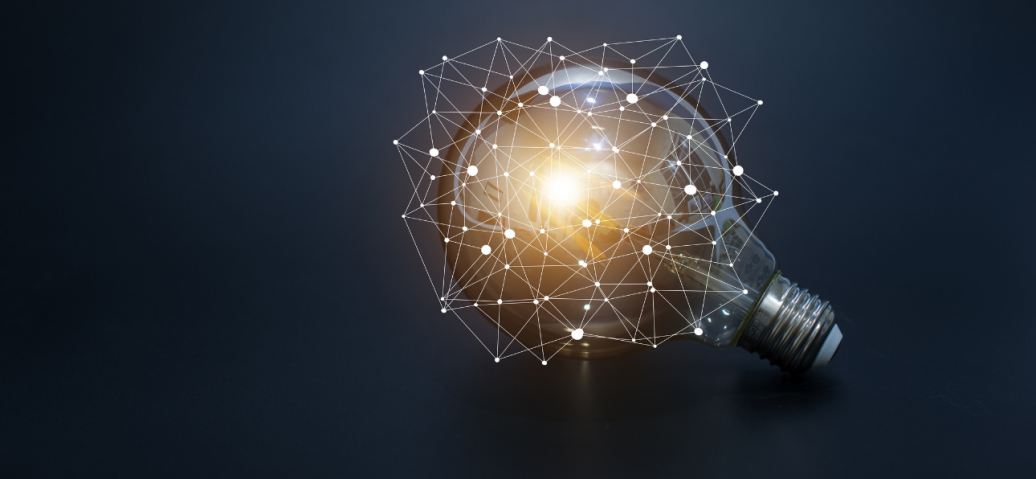Work-related mental health has become a pressing issue for businesses globally. In the UK, a government-backed Labour Force Survey found that the total number of cases of work-related stress, depression, or anxiety in 2018 and 2019 was 602,000, resulting in a loss of 12.8 million working days. A recent WHO-led study also estimated that depression and anxiety disorders are costing the global economy $1 trillion USD each year in lost productivity.
The good news is that artificial intelligence (AI) and machine-based learning have the potential to help in the workplace significantly, once they truly come of age. In its current form, AI is primarily a support mechanism. Looking toward the future, though, its impact on employees’ mental health could be significant.
Managing and Prioritising Workload
The issue of long hours and overtime is a contributing factor to workplace mental health. A recent Citrix study across nine countries found it is commonplace for 86 percent of office workers to work outside of their preferred working hours. Of these employees, almost half (47 percent) are putting in these additional hours daily or most days.
Amid an overtime epidemic and mushrooming workloads, AI has the potential to help individuals better prioritise. Once the intelligent machine has had a chance to learn about a person’s job role, it will be able to recommend the order in which they should tackle tasks and projects, with a central focus on their well-being. For example, following a demanding or intensive piece of work, the system may decide to recommend a simple, happy task, to help the individual relax and recalibrate, or to ensure they can leave the office on time.
Automation of Mundane Tasks
A lack of employee engagement is a further growing cause of work-related mental health issues and is often due to tedious and demoralising work, work overload, and rising stress levels. A recent Gallup study found that 85 percent of people in companies around the world are either disengaged or not engaged, meaning employees at best are not providing their best ideas or effort, and at worst are actively resisting the organisation they work in. This costs businesses dearly, to the tune of $7 trillion a year.
However, once the intelligent workspace has been customised to an individual’s role and needs, there is the potential for the computer to take on aspects of a person’s daily tasks, removing distractions and mundane, unfulfilling work.
There may be subtle or more noticeable differences between one employee to another, and it’s important that the system learns these nuances and only automates what is helpful to the individual. Not everything will be automated, and if the individual enjoys some lighter, less taxing tasks, they can choose to keep them.
Simplified Technology Experience
Today’s IT experience is app- and device-centric, placing constraints on the ways an individual’s digital workspace can be configured, which can create frustration and unnecessary stress. However, as AI technology grows in sophistication, it will become increasingly contextualised and focus on the task or outcome that the user is trying to achieve and not the application or tool they are using.
Additionally, the overall technology experience will also be simplified. The individual will only be presented with a subset of microapps and apps, relevant to the task in hand, which will be customised for them in one interface. This will all help toward reducing tech-related stress and prevent workers from feeling so overwhelmed.
Monitoring Stress and Mental Health
There is much research under way into how AI technology can be used to detect and diagnose mental health conditions, and this has potential within the workplace, too.
In the future, AI systems could monitor an employee’s enunciation of words and tone of voice for stress, detecting linguistic cues that might predict depression, analysing spikes in heartrate, an increased typing speed, or a slowdown in productive output, which could all be warning signs for an employer. Smart watches or biometric data, including facial expression, for example, could also come into play, to aid real-time detection of mental health issues. With this information, tasks could be delivered that are appropriate to an individual’s stress levels.
The Future
Above all, the rise of AI has the potential to enable workers to feel more engaged in their role and happier in their workplace. There will be obstacles, including privacy concerns, as well as ensuring workers are comfortable and willing to accept various levels of monitoring. It will be essential that there are protocols in place to ensure AI development is safe and relevant, with contextual understanding, built with the individual and their well-being in mind. However, if managed responsibly, the overall benefits could significantly help toward reducing the growing mental health crisis within the workplace.
